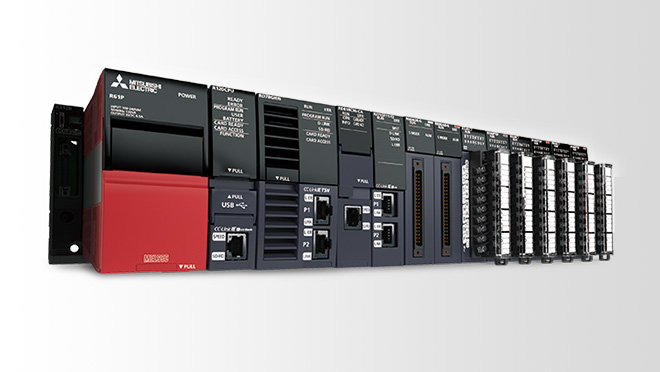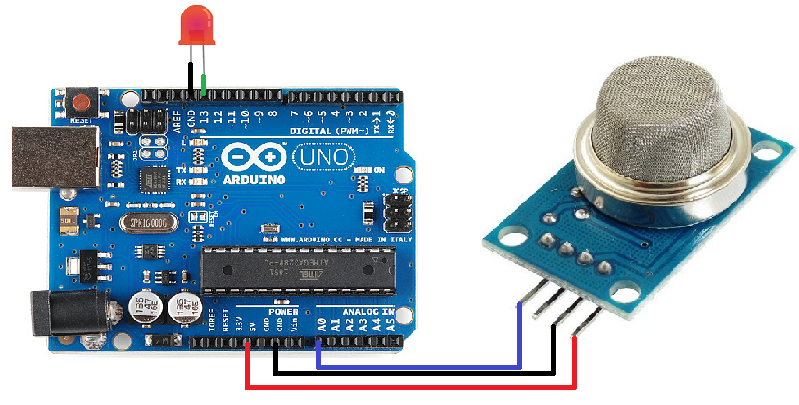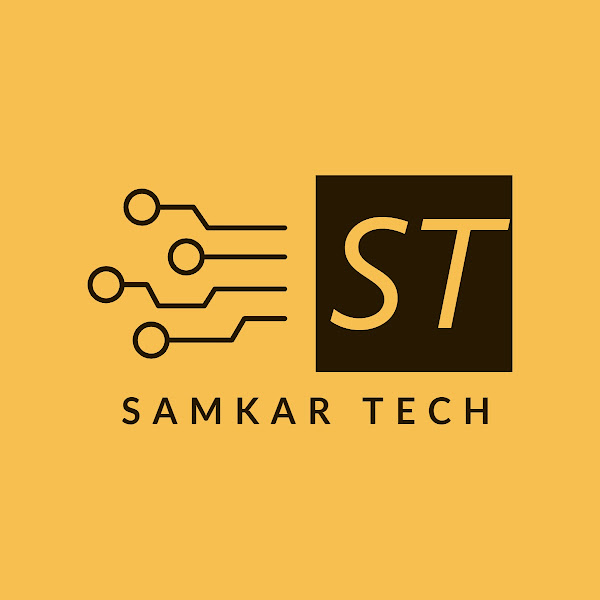
Introduction to PLCs: Definition, Programming, Symbols, and Uses

PLC stands for Programmable Logic Controller. It is a digital computer-based system that is used to control and automate various industrial processes. PLCs are widely used in manufacturing and industrial applications, such as assembly lines and also used in robotic operations.
The basic function of a PLC is to monitor the inputs of a system, such as sensors and switches, and based on these inputs, control the outputs of the system, such as motors, valves, and other actuators. PLCs use a programming language, such as ladder logic or function block diagram, to control the behavior of the system.
Ladder logic is the most commonly used programming language in PLCs. It uses graphical symbols to represent logic operations, such as AND, OR, and NOT. Ladder logic is based on the principle of relays and contactors, which were used in traditional relay logic systems.
Here are some common PLC symbols and their meanings:
- Normally open contact (NO)(-| |-): This symbol represents a contact that is normally open, meaning that it is closed when the input is activated.
- Normally closed contact (NC)(-|/|-): This symbol represents a contact that is normally closed, meaning that it is open when the input is activated.
- Coil(-( )-): This symbol represents an output, which can be a motor, a valve, or any other device that needs to be controlled.
- Timer: This symbol represents a timer function that can be used to create a delay in the control system.
- Counter: This symbol represents a counter function that can be used to count events or pulses.
- Set/reset (SR) latch: This symbol represents a set/reset function that can be used to turn an output on or off.
- Math operations: PLCs can perform various mathematical operations such as addition, subtraction, multiplication, and division. These operations are represented by different symbols depending on the specific PLC programming software being used.
These are just a few examples of common PLC symbols. The specific symbols used may vary depending on the programming software and the application of the control system.
Here is a simple program designed in Mitsubishi GX Works 2.

When switch1 (X1) is turned on in this program, lamp1 (Y1) is turned ON. At the same time, lamp3 (Y3) will turn ON because it is programmed to turn ON when X1 is ON and X2 is OFF. However, lamp2 (Y2) will remain OFF until switch2 (X2) is turned ON while switch1 (X1) is also ON.
There are various types of PLCs in the market, and Mitsubishi, Keyence, Siemens are among the most commonly used. Special software is required to program them, such as GX Works 2 and GX Works 3 developed by Mitsubishi. Additionally, there are many other paid and unpaid versions available.
Here are some common uses of PLCs.
- Automation of manufacturing processes: PLCs are often used in industrial settings to automate manufacturing processes, such as assembly lines, packaging, and material handling.
- Control of machines and equipment: PLCs can be used to control various types of machines and equipment, such as conveyors, pumps, motors, and robots.
- Monitoring and control of building systems: PLCs can be used to monitor and control building systems, such as HVAC, lighting, and security systems.
- Control of traffic and transportation systems: PLCs can be used to control traffic lights and other transportation systems, such as trains and subways.
- Control of power distribution systems: PLCs can be used to control and monitor power distribution systems, such as electrical substations and renewable energy systems.
- Data collection and analysis: PLCs can be used to collect and analyze data from sensors and other devices, providing insights into performance and efficiency.
- Control of agricultural processes: PLCs can be used to control irrigation systems, fertilizer application, and other processes in agriculture.
- Control of food and beverage processing: PLCs can be used to control various processes in the food and beverage industry, such as mixing, cooking, and packaging.
To view a simulation video of a simple program on GX Works 2, clickhere. Also to view a simulation video of running light clickhere
Also Read| Apple’s first retail store in India opening in Mumbai
Also Read| Italy’s Data Watchdog Sets Demands for OpenAI’s ChatGPT to Resume Service in the Country




C# app to read/write the bit of switch PLC with source code 7 months ago
[…] setting up communication, along with Gx Works2 for designing a simple ladder program for the PLC. Click here to know introduction to PLC,its […]
ReplyLogic Gates in PLC Ladder Logic: A Beginner’s Guide 8 months ago
[…] which makes logical decisions based on the combination of digital signals present on its inputs. clickhere to read Introduction to […]
ReplyC# application give instruction to the Mitsubishi PLC 12 months ago
[…] Read | Introduction to PLCs Code to Open excel file in datagridview if (dataGridView1.RowCount == 0) […]
ReplyRoshan 1 year ago
Thanks for sharing
ReplyGoogle 's 'Magi': AI-powered search to take on Bing chatbotSamkarTech 1 year ago
[…] Also Read|Introduction to PLCs: Definition, Programming, Symbols, and Uses […]
Reply